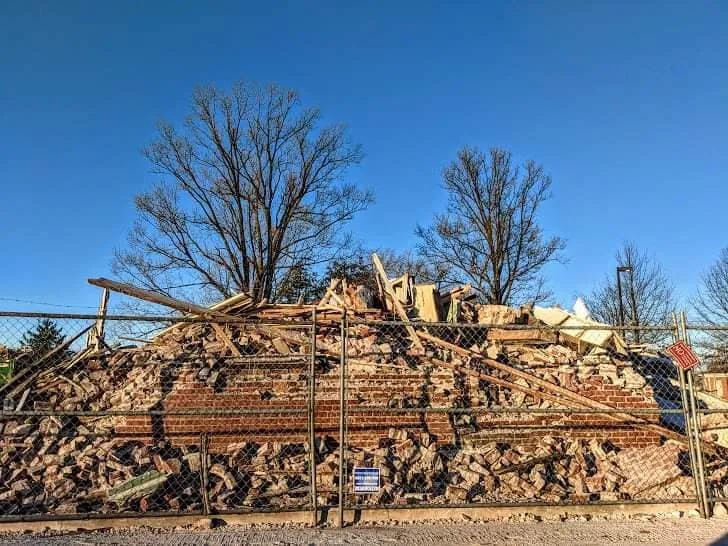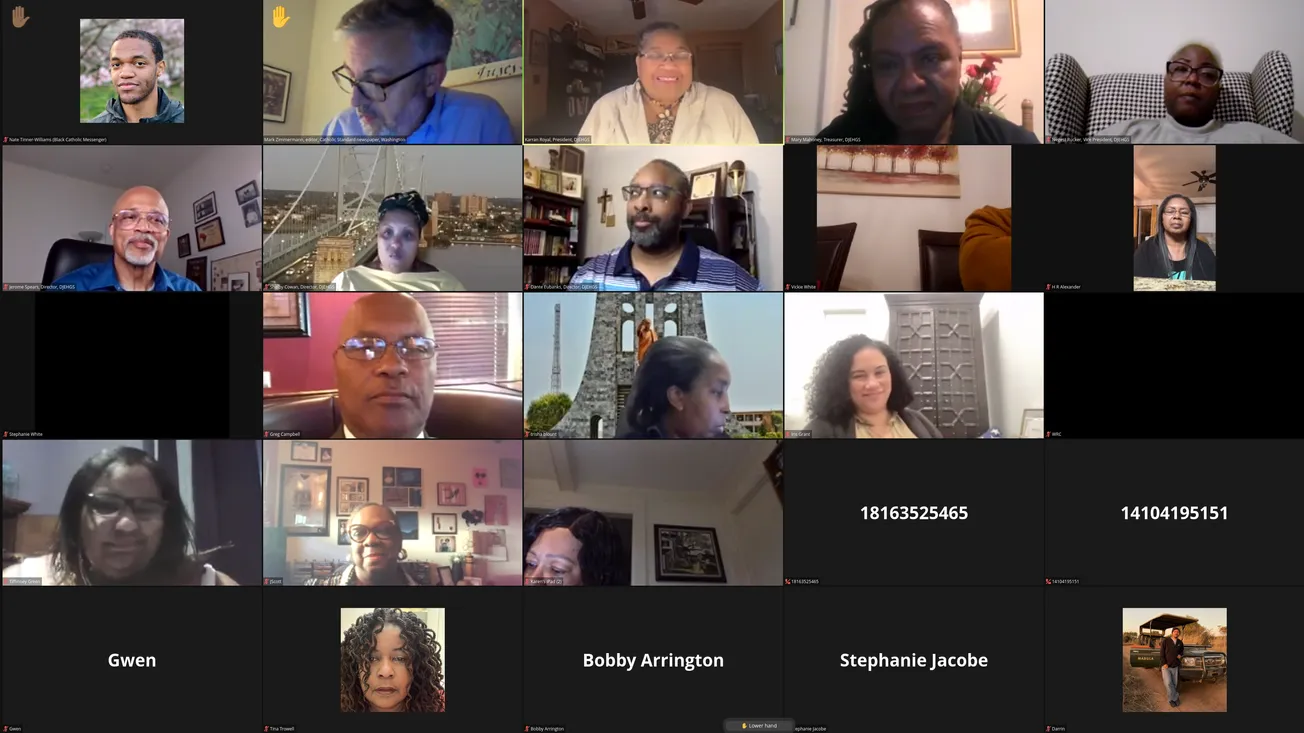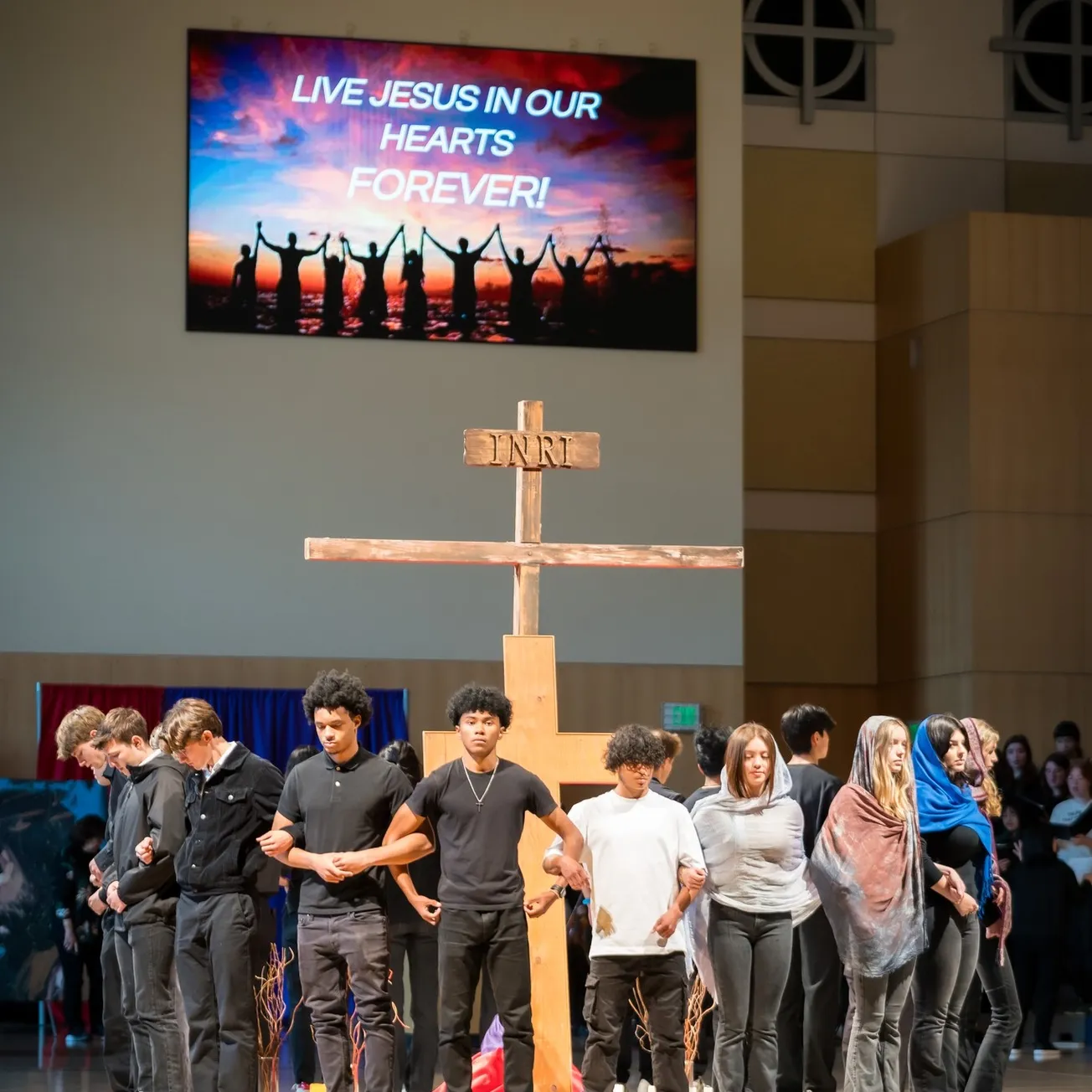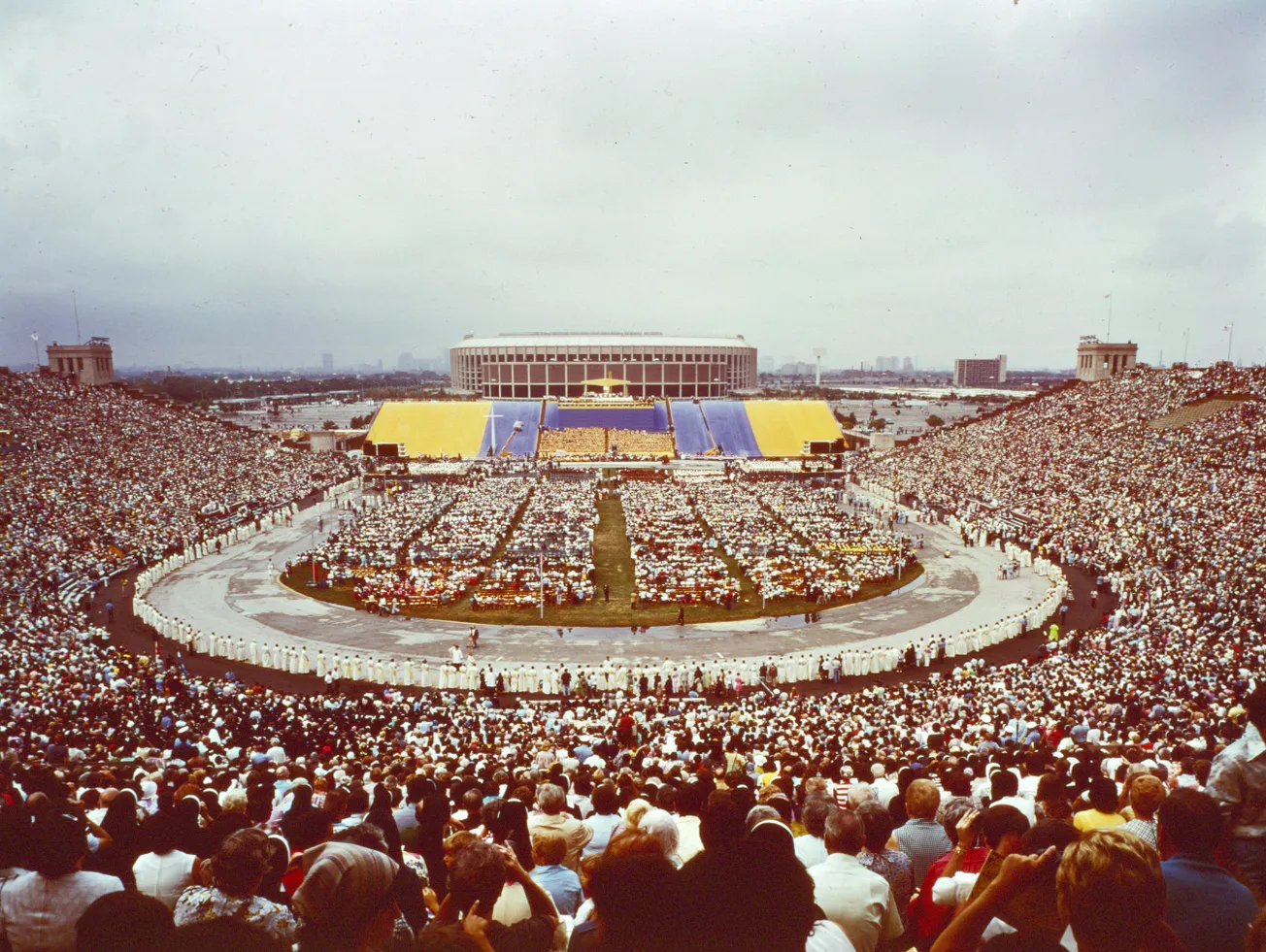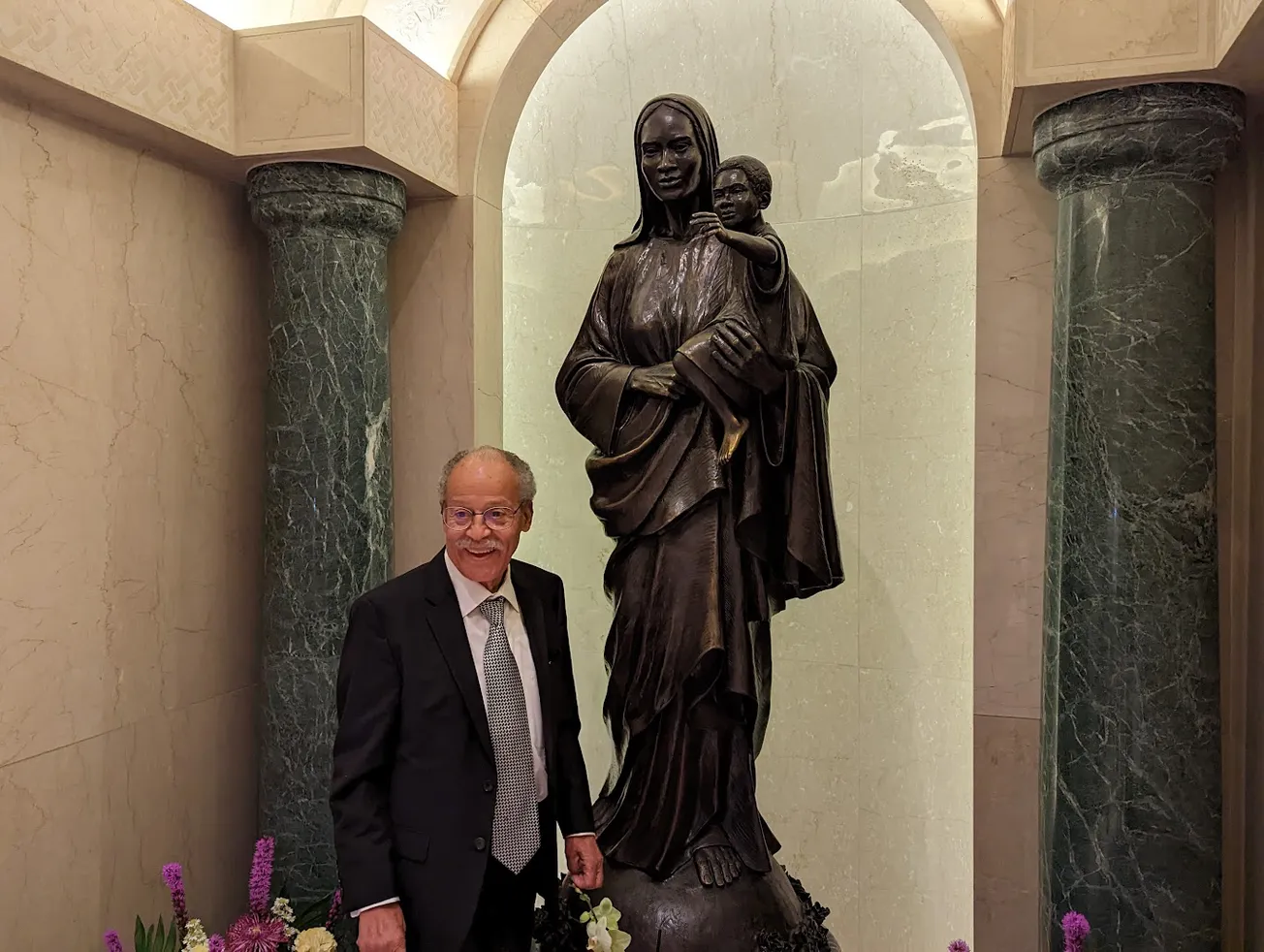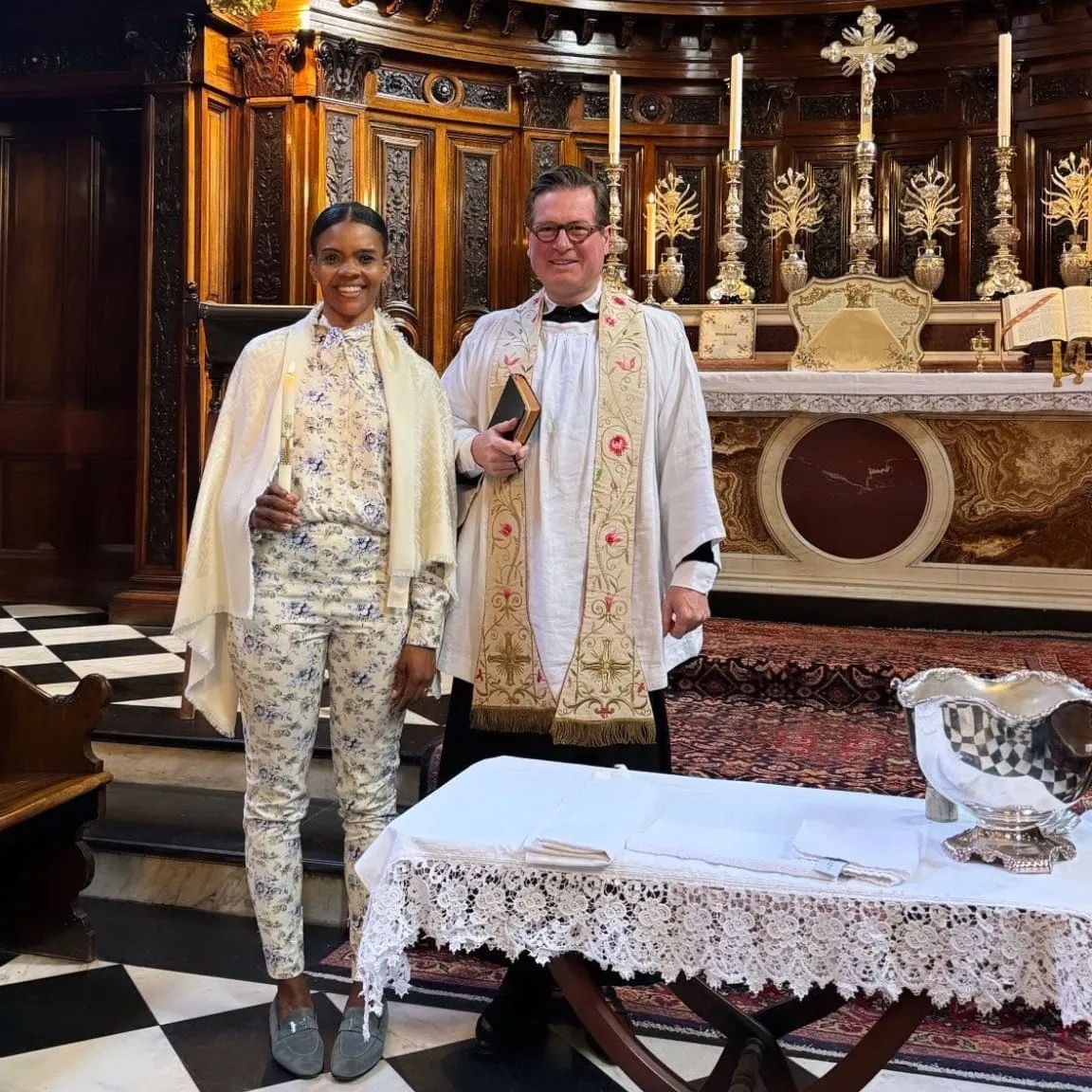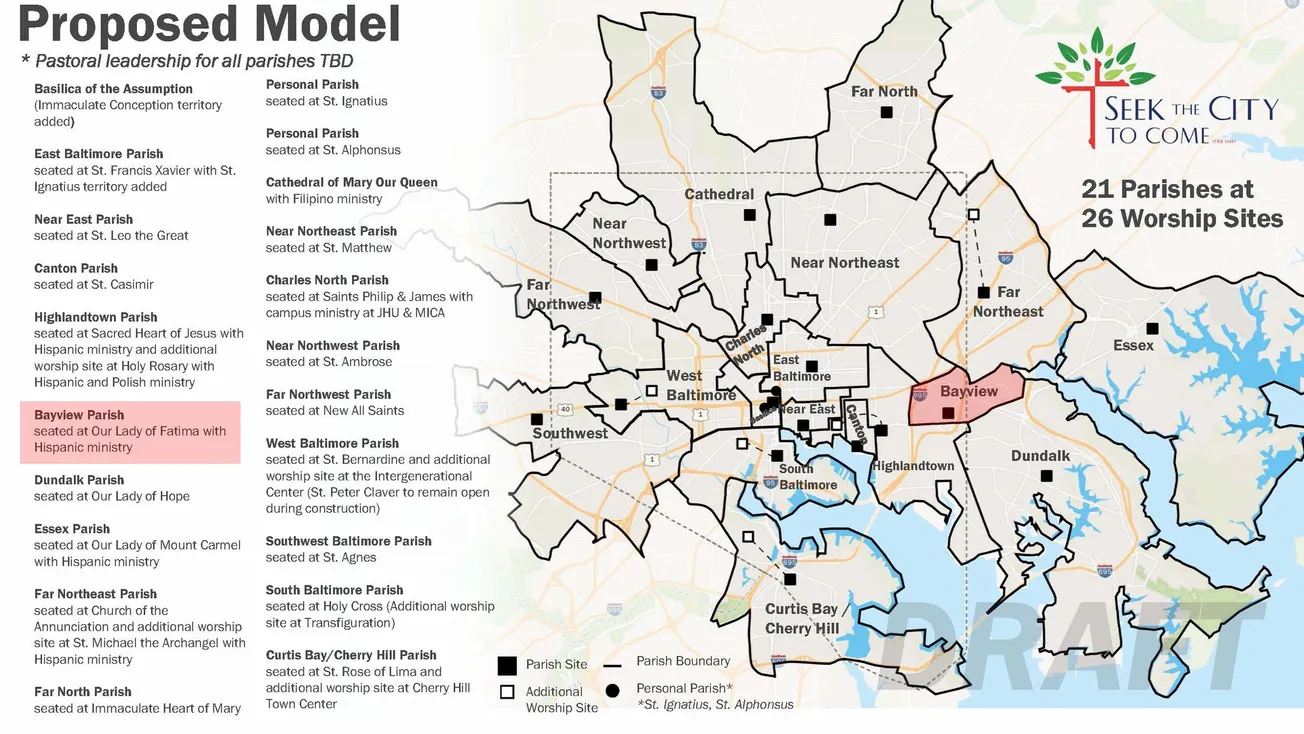The Archdiocese of Louisville has quietly demolished Bardstown, Kentucky's historic Anatok plantation, the birthplace of legendary Black Catholic journalist and activist Daniel Rudd.
The news was announced this week by Preserve Anatok, LLC, a preservationist group that had long sought to save the 175-year-old property.
“Unfortunately, the Anatok Committee was unable to raise necessary funds to save Anatok,” the organization said on Monday via social media.
“We are deeply saddened by this historic loss.”
The group had been directly involved in the efforts since joining with the Kentucky Trust for Historic Preservation to sign a lease agreement with the archdiocese in April 2020—forming the committee and ramping up fundraising efforts to turn the property into a historic monument focused on Rudd.
Given 18 months to raise $750,000, their efforts proved futile amidst a reported “lack of cooperation” from the archdiocese’s attorney, as well as insufficient donations by the deadline. Their efforts were said to have been progressing as of last summer.
The property had sat vacant for close to 17 years, last serving as a hospital administration building from 1988 to 2005. It was built in 1847 by Charles and Matilda Haydon as a home for their family and the enslaved African Americans they held in bondage.
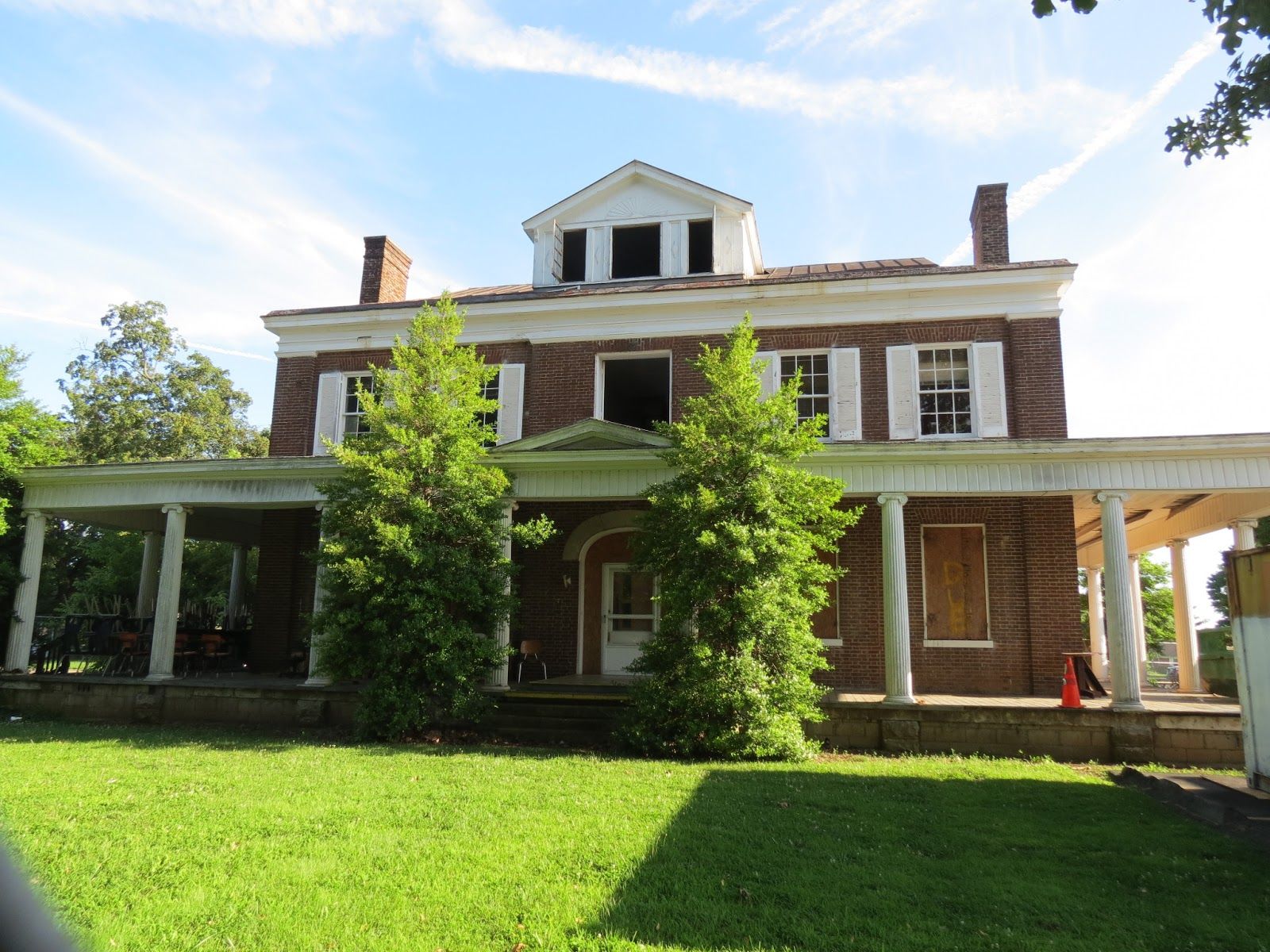
Rudd was born in 1854 to a mother owned by the Haydons and was raised Catholic there in Bardstown, then the seat of one of the earliest dioceses in America. He was a parishioner at St Joseph Cathedral (located across the street from the plantation), and was emancipated during the Civil War before moving to Ohio.
There, he founded America’s first Black Catholic newspaper in 1885, taking it national the next year as the American Catholic Tribune—one of the first newspapers owned, published, and printed by an African-American.
He also founded the short-lived Colored Catholic Congress in 1889, a national, social justice-minded gathering of Black Catholic men and precursor to the National Black Catholic Congress of today.
The Diocese of Bardstown had become the Archdiocese of Louisville in 1841, less than a decade before Anatok was constructed, and with the transfer came a shift in historical focus away from the small farming community.
Anatok successively became a convent for the Sisters of Charity of Nazareth—who have their own history of slaveholding—from 1929 to 1971, and a private residence once again until 1988.
Rudd’s childhood parish of St Joseph’s was named a basilica in 2002, affirming the importance of the region’s history as a Catholic stronghold in the Upper South and the former frontier.
Even so, various threats of demolition have faced Anatok since it was acquired by the Archdiocese of Louisville’s Bethlehem High School located nextdoor, including a protracted legal battle beginning in 2012—shortly after the release of the first Rudd biography—in which the school sought to expand onto the property.
A court order halted the move by the nearly all-White school, and grassroots preservationists raised hundreds of thousands of dollars to retain the property (deemed then as now an insufficient sum by the archdiocese).
Still, no moves were made and the site remained largely untouched for the better part of the next decade.
In November 2020, during Black Catholic History Month, the archdiocese unveiled a memorial marker for Rudd at his grave in the city’s St Joseph Catholic Cemetery, also adding tombstones nearby for the previously unmarked graves of his parents.
Now, a little more than a year later, the most historic site connected to the monumental Catholic figure is no more.
The archdiocese does not appear to have made any announcement concerning the demolition, occurring during Black History Month as well as Catholic Press Month, meant to honor journalists connected to the Church.
The demolition is only the latest race-related controversy for the 200,000 strong Catholic flock, where Black Catholics in Louisville have recently protested that their pastoral and financial concerns are ignored by the local chancery—including Archbishop Joseph Kurtz, who submitted his age-mandated resignation request last year.
On Tuesday, it was announced that he will be succeeded next month by Bishop Shelton Fabre—an anti-racism advocate and the nation’s first new African-American archbishop in nearly 17 years.
Nate Tinner-Williams is co-founder and editor of Black Catholic Messenger, a seminarian with the Josephites, and a ThM student with the Institute for Black Catholic Studies at Xavier University of Louisiana (XULA).


